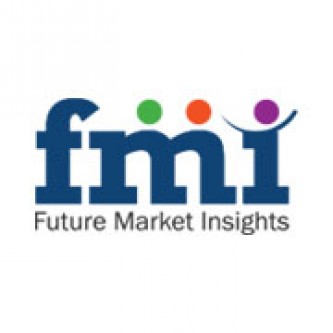Anti-malarial drugs are the medicines used to prevent and treat malaria. The malaria is the disease caused due to the parasite known as Plasmodium, belongs to the organism group Protozoa. The malaria disease occurred in the tropical, subtropical and temperate regions of the world. Around 3.3 Billion people as half of the world’s population are at a risk of contracting malaria. Every year near about 250 million malaria cases leads to the death of 1 million globally. The anti-malarial drugs are work in the treatment of malaria in individuals, prevention of infection in individuals and conventional intermittent treatment in the specific group in most prevalence endemic regions. Generally, malaria is treated by the single drug therapy as a first line therapy, and sometimes the combination drug therapy is for the second line of infection. Anti-malarial drugs are available in the market in the form of tablet, injectables, and capsules.
Malaria is considered as a most dreadful disease as it causes of death due to limited availability of the anti-malarial drugs which has become the opportunity for the growth of the anti-malarial drugs market over a forecast period.
The global anti-malarial drugs market is segmented on the basis of product type, solution delivery type, solution type and end user.
-
On the basis of malaria type, the global anti-malarial drugs market is segmented into:
-
Plasmodium Falciparum
-
Plasmodium Vivax
-
Plasmodium Malariae
-
Plasmodium Ovale
-
Request Report Sample@ http://www.futuremarketinsights.com/reports/sample/rep-gb-3774
-
On the basis of drug type, the global anti-malarial drugs market is segmented into:
-
Quinine
-
Chloroquine
-
Amodiaquine
-
Pyrimethamine
-
Proguanil
-
Sulfonamide
-
Mefloquine
-
Atovaquone
-
Primaquine
-
Artemisinin and derivatives
-
Halofantrine
-
Doxycycline
-
Clindamycin
-
-
On the basis of application, the global anti-malarial drugs market is segmented into:
-
Resistance
-
prevention
-
-
On the basis of distribution channel, the global anti-malarial drugs market is segmented into:
-
Hospital Pharmacy
-
Retail Pharmacy
-
E- Commerce
-
Others
-
The global anti-malarial drugs market is anticipated to register a significant CAGR over a forecast period. The increasing prevalence of the malarial disease globally is expected to boost the demand of the anti-malarial drugs and drives the global anti-malarial drugs market. The increasing research and development activities for the new drugs and new combinations of drugs due to resistance by the parasites to the currently available drugs, also anticipated to drives the global anti-malarial drugs market. The strong initiatives taken by the various state governments and regulatory bodies such as U.S. Food and Drug Administration (FDA) to reduce the prevalence of malarial disease throughout the world, also expected to fuel the demand for the anti-malarial drugs and has become the one of the factor drives the global anti-malarial drugs market over a forecast period.
Request For TOC@ http://www.futuremarketinsights.com/toc/rep-gb-3774
However, the possible side effects of the anti-malarial drugs such as insomnia, vivid dreams, mental clouding, dizziness, and anxiety may hamper the demand for the anti-Malarial drug and restrain the growth of the global anti-malarial drugs market. The availability of pure quality of drugs in the Southeast Asia and Saharan African countries leads to the inadequate treatment, which may pose a threat to the demand of the anti-malarial drugs and restrain the growth of the global anti-malarial drugs market over a forecast period.
On the basis of regional presence, the global anti-malarial drugs market is segmented into seven key regions: North America, Latin America, Western Europe, Eastern Europe, Asia-Pacific excluding Japan, Japan, and Middle East & Africa. Currently, North America is contributing the leading shares to the global anti-malarial drugs market in terms of value and anticipated to register a significant CAGR over a forecast period. The Europe is also contributing the moderate shares to the market due to the advanced medical facilities and availability of the anti-malarial drugs in the market. APAC is the most lucrative market for the anti-malarial drugs due to the highest prevalence of the malarial diseases in the region and expected to show a robust growth to the global anti-malarial drugs market. MEA is at a nascent stage to the global anti-malarial drugs market and anticipated to register a decent growth to the market over a forecast period. Overall, the global anti-malarial drugs market is expected to show significant growth over a forecast period.
Browse Full Report@ http://www.futuremarketinsights.com/reports/anti-malarial-drugs-market
Market Players
Some of the major market players in anti-malarial drugs market globally include Pfizer, GlaxoSmithKline Plc., Ranbaxy Laboratories, Ipca Laboratories Ltd., Zydus Cadila, Merck KGaA, Novartis AG, Alvizia Health Care, Bayer AG and Roche Inc.

